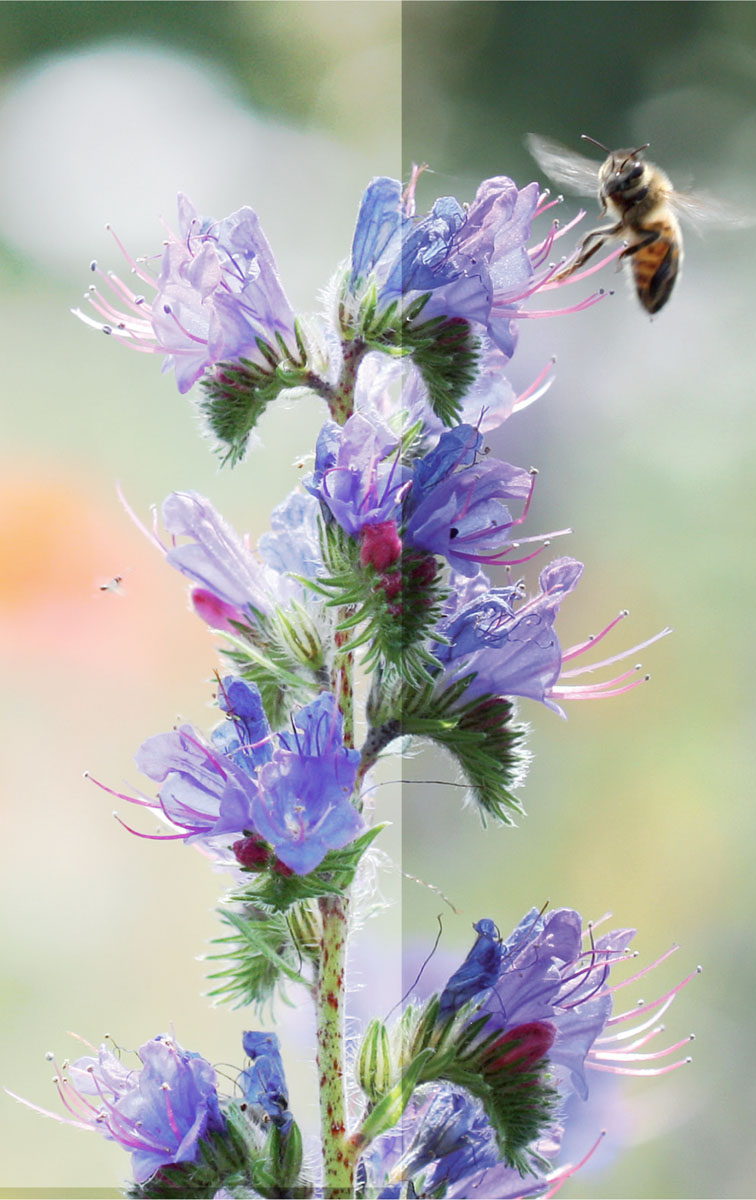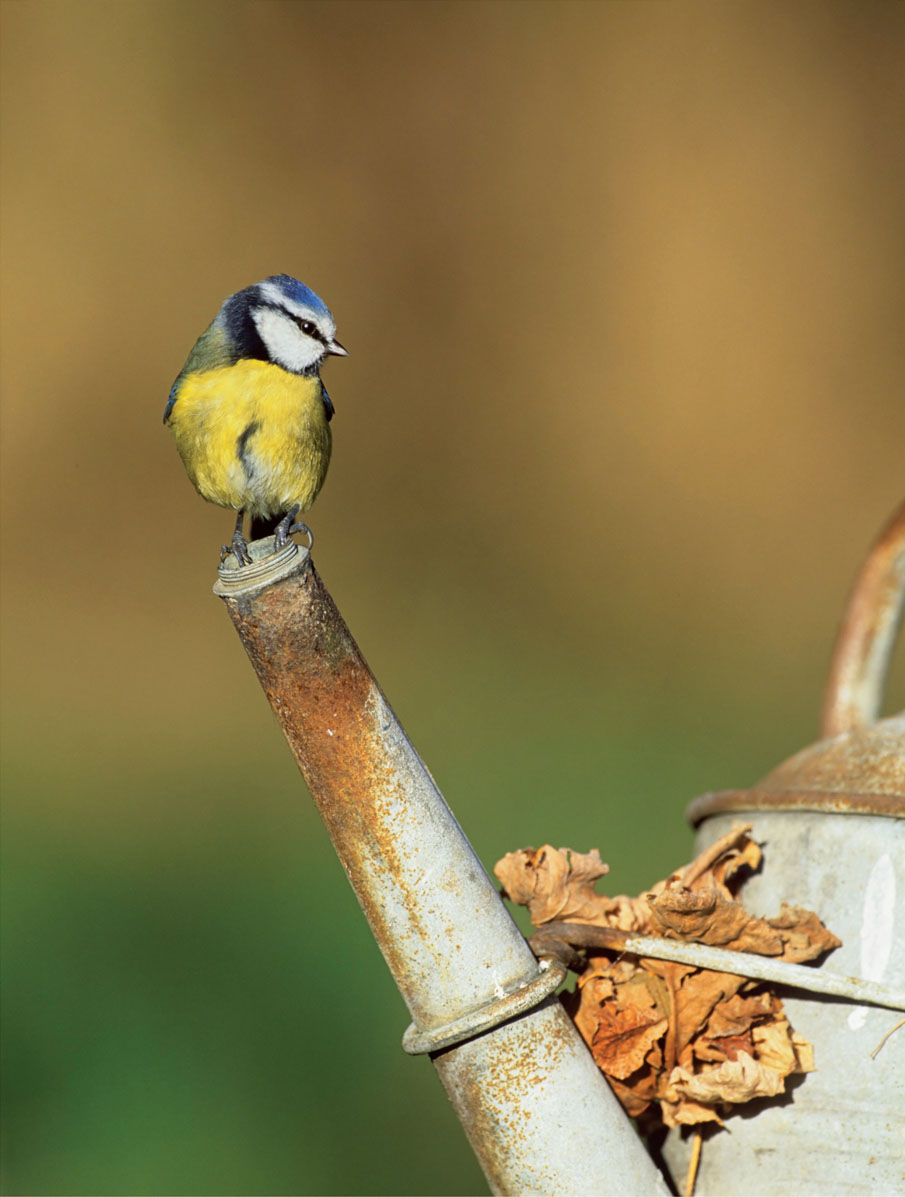 There is wildlife in every garden whether you garden for wildlife or not and, if we make careful decisions, we can improve our gardens for all of it.
There is wildlife in every garden whether you garden for wildlife or not and, if we make careful decisions, we can improve our gardens for all of it.In Summary
Over this chapter, we’ve seen why gardening for wildlife is important, we’ve debunked some of the myths, and we’ve looked at gardens as wildlife sees them.
In the next 80 or so pages, several hundred species of wildlife are lining up, waiting to impress you with their home needs, and hoping you will provide them with five-star accommodation. They have proved themselves adaptable enough to survive well in gardens, and there are enough fascinating species wanting a home to keep you occupied for a lifetime!
Deciding which you want to encourage is entirely up to you. If you love butterflies, or birds, or beetles, then you can garden for them. Or you can try to create particular habitats or encourage a whole range of species to visit.
So this is a good moment to pause and round up the headline facts that will ensure you are a great wildlife gardener:
 There is wildlife in every garden whether you garden for wildlife or not and, if we make careful decisions, we can improve our gardens for all of it.
There is wildlife in every garden whether you garden for wildlife or not and, if we make careful decisions, we can improve our gardens for all of it.
 Wildlife gardening is something that can be done – and is best done – throughout the garden.
Wildlife gardening is something that can be done – and is best done – throughout the garden.
 A garden doesn’t necessarily have to look wild to be good for wildlife.
A garden doesn’t necessarily have to look wild to be good for wildlife.
 Gardening for wildlife is about making gardens so welcoming that nature's passers-by and existing residents want to linger.
Gardening for wildlife is about making gardens so welcoming that nature's passers-by and existing residents want to linger.
 Each species of wildlife has its own particular criteria – its home needs – that add up to its ideal home.
Each species of wildlife has its own particular criteria – its home needs – that add up to its ideal home.
 Because different species have different needs, there are all sorts of ways to garden for wildlife, each of which will benefit some wildlife but none that will benefit all.
Because different species have different needs, there are all sorts of ways to garden for wildlife, each of which will benefit some wildlife but none that will benefit all.
 The more clued up you are about wildlife, the better you will be at helping it.
The more clued up you are about wildlife, the better you will be at helping it.
 Most wildlife needs more than just your garden – what surrounds your garden matters too.
Most wildlife needs more than just your garden – what surrounds your garden matters too.
 Gardening for wildlife is all about understanding:
Gardening for wildlife is all about understanding:
–which wildlife uses gardens (it’s a motley crew of adaptable species)
–which wildlife is local enough to you that it is likely to pass your way
–what the home needs are of that wildlife
–and how to fulfil those home needs
And that’s what the rest of this book is all about!

Bees know that they love Viper’s Bugloss; your job is to know what they know.

Every day, each animal – like this Blue Tit – instinctively seeks all the things it needs to survive. These aren’t the ‘nice to have’ things that we humans fill our lives with – for wildlife, these needs are a matter of life or death.